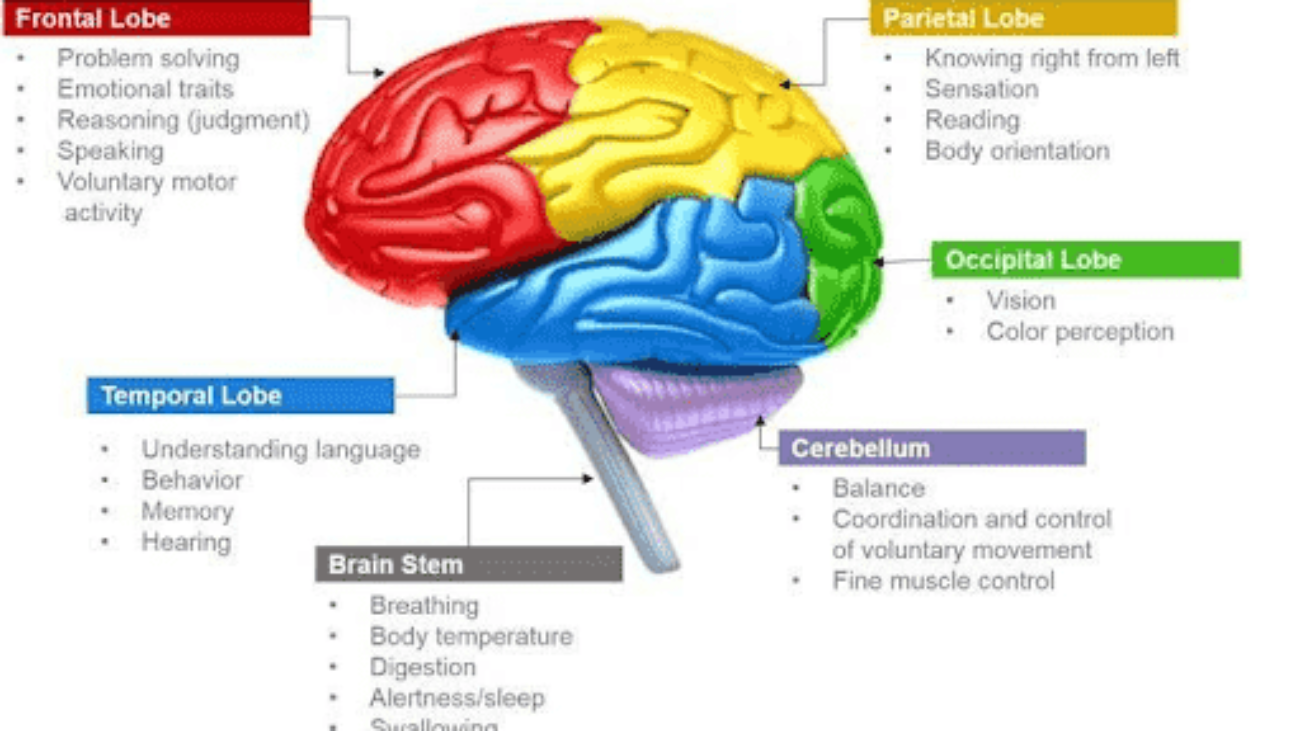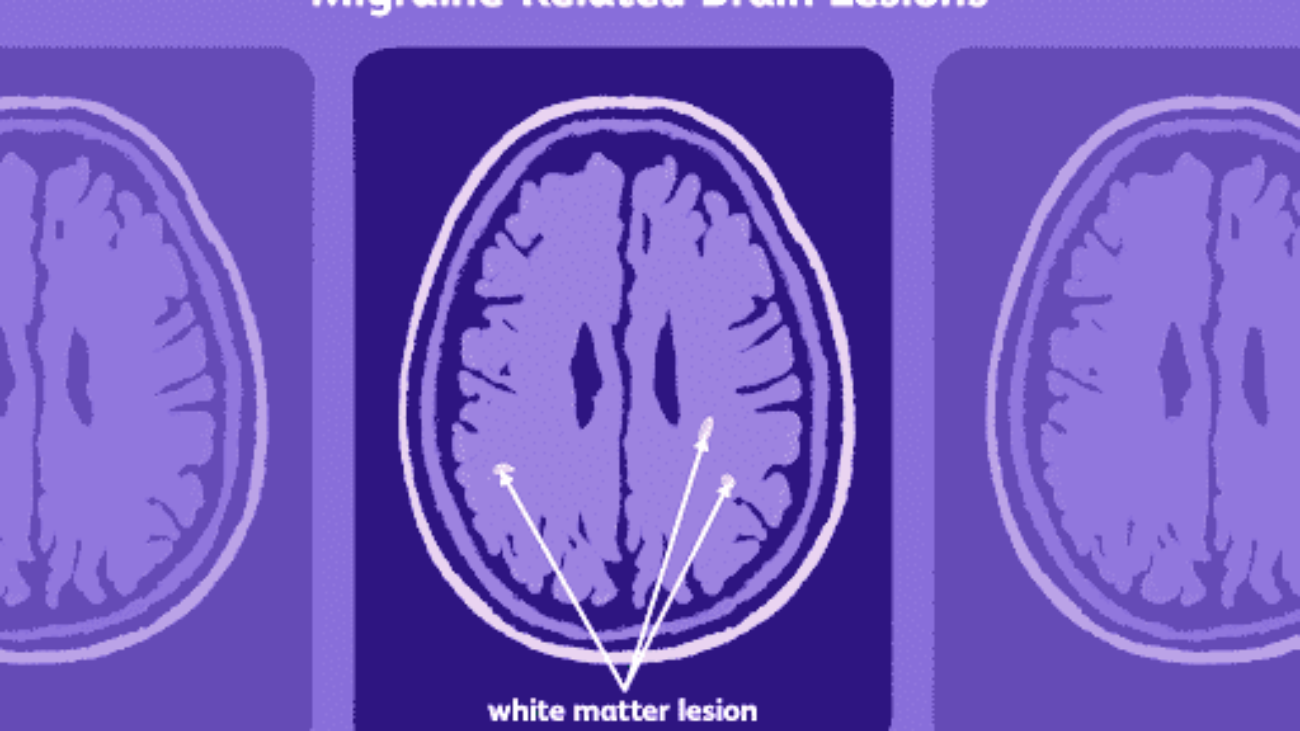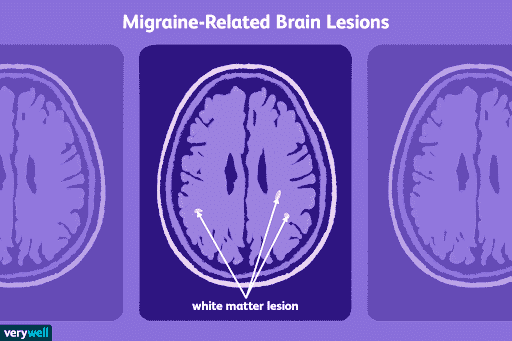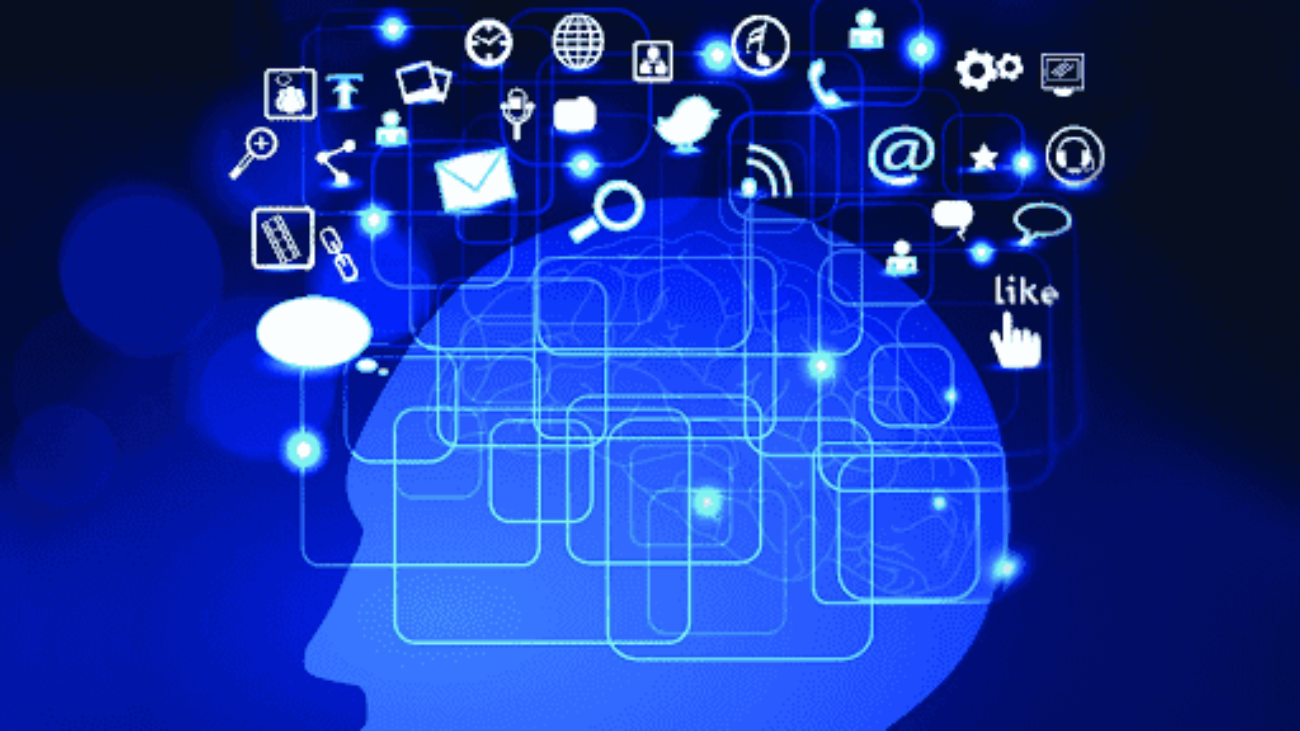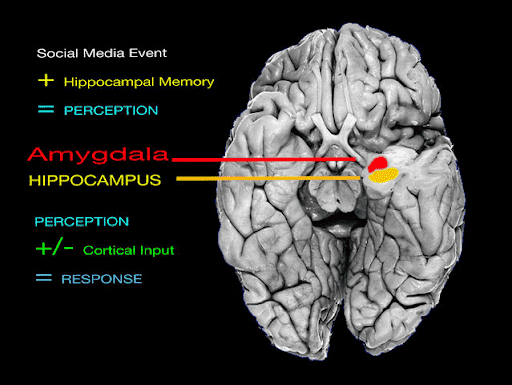
Introduction
Despite the substantial ongoing research in cognitive neuroscience, several questions have yet to be answered. What is the neural basis of the self? How does one’s neurobiology result in a complex being, capable of experiencing emotion and engaging in self-reflection? At what point does the brain’s function shift from being purely biological to enabling introspection and conscious thought? Although there is not one fixed answer to these questions, many scientists over the past decade have advanced this field of study by identifying different parts of the human brain that make up one’s identity–one of which is the Default Mode Network.
The Default Mode Network (DMN) is a system of interconnected brain regions that are distributed throughout the cerebral cortex. When these regions work as one, their combined functions lead to creativity and self-reflection. This article will discuss the basic purposes of the DMNand how this intricate network shapes our personal experiences and identity.
What is the Default Mode Network?
The DMN is like a switch that turns on- and off based on whether or not a task is being performed. While it is usually inactive when one’s attention is required to complete a task, such as engaging in a conversation, solving a puzzle, or exercising, the DMN activates once tasks are complete—or when one is at “rest.” This encompasses all the moments when one is conscious, but not actively thinking about any specific topic (Vessel et al.).
When the DMN is active, the mind is likely focused on internal processes, such as self-reflection, imagining the future, or recalling personal experiences. If the DMN is not properly shut off when switching to an external task, an individual may be prone to “mind-wandering”, or becoming distracted from their goal by unrelated thoughts. Some of the other essential functions of the DMN include pondering about oneself, social cognition, memory of specific life events, and language.

The major components of the DMN are the medial prefrontal cortex (mPFC), precuneus (PCUN), posterior cingulate cortex (PCC), and the angular gyrus (ANG); each region has a unique function. The vmPFC (ventro-medial prefrontal cortex) is involved in motivation, while the dmPFC (dorso-medial prefrontal cortex) is responsible for self-referential judgment and understanding the mental states of others (Viezzer). The PCC, PCUN, and ANG contribute to a process called “autobiographical memory”, a collection of key events resembling a life story. Apart from these networks, the DMN also includes other brain regions that are involved in memory and emotions, such as the hippocampus and the amygdala.
While the basic function of the DMN holds true for most scenarios, there are many exceptions when it is active even during task performance. An experiment done by researchers at New York University shows that the DMN can be activated when one is viewing artwork. Participants in this experiment were shown pieces of art and asked to evaluate how “moving” they were, which was measured by their emotional reaction. The results showed that the DMN activates upon viewing “highly-moving” art, meaning that art elicits a strong reaction (Vessel et. al). Why would the participants’ DMN be active while they are focused on an external stimulus? The answer to that question lies in the concept of self-discovery. The art that someone is drawn to often reflects a part of them. It is possible that the DMN helped participants identify parts of themselves that were represented in the artwork, aiding the process of introspection.
The DMN’s role in self-reflection is also corroborated by the results of an experiment done by Davey et al., which revealed that the Default Mode Network is engaged with making self-referential judgements. Individuals were presented with various personal qualities (e.g. “skeptical”, “perfectionistic”) and asked how well they thought each described them. The fMRI data collected indicated that the DMN was more active when performing this self-referential task than an externally based activity (Davey et al.). Similarly to the previous experiment, this finding reinforces that the DMN is essential for shaping one’s identity.
Moreover, neuroscience researcher Vinod Menon from Stanford University suggests that when the functions of DMN regions overlap, a unique “internal narrative” is created. The “internal narrative” consists of personal values and beliefs, memories of major events, facts about oneself and the surrounding world, as well as the ability to reason (Menon). In other words, the DMN’s functions configure patterns of thought in human-beings and are central to our perception.
Applications of the Default Mode Network to Creativity and Self-Discovery
The default mode network plays a major role in shaping one’s personal story. Whether an individual is reflecting on their dreams or contemplating their favorite music genres, the DMN serves as a gateway to understanding one’s deepest values and ambitions.
This elaborate connection of brain regions can also serve as a starting point for creativity. The beliefs one collects throughout their life can easily seep into their thought process. Although one’s spontaneous thoughts are easily dismissed as insignificant distractions, the “stream of consciousness” has hidden potential, as spontaneous thoughts tend to be the most innovative. Taking the time to deliberately explore these thoughts can uncover hidden ideas, whether they hold an unconsidered perspective or a novel solution to a previously “impossible” problem. So, the next time the human mind decides to wander off, take a second to entertain those “distracting” thoughts–perhaps an innovative, fruitful idea may come to light.
Credits:
Cover Image from: https://www.it-team-paws.com/navigating-mental-health-through-self-discovery/
Davey, Christopher G., et al. “Mapping the Self in the Brain’s Default Mode Network.” NeuroImage, vol. 132, May 2016, pp. 390–397, www.sciencedirect.com/science/article/pii/S1053811916001294, https://doi.org/10.1016/j.neuroimage.2016.02.022.
Menon, Vinod. “20 Years of the Default Mode Network: A Review and Synthesis.” Neuron, vol. 111, no. 16, May 2023, www.med.stanford.edu/content/dam/sm/scsnl/documents/Neuron_2023_Menon_20_years.pdf, https://doi.org/10.1016/j.neuron.2023.04.023.
Shofty, Ben, et al. “The Default Network Is Causally Linked to Creative Thinking.” Molecular Psychiatry, vol. 27, no. 3, 1 Jan. 2022, pp. 1848–1854, https://doi.org/10.1038/s41380-021-01403-8.
Vessel, Edward A., et al. “Art Reaches Within: Aesthetic Experience, the Self and the Default Mode Network.” Frontiers in Neuroscience, vol. 7, 2013, https://doi.org/10.3389/fnins.2013.00258.
Viezzer, Sara. “What Is the Default Mode Network?” Simply Psychology, 3 Mar. 2023, www.simplypsychology.org/what-is-the-default-mode-network.html.


